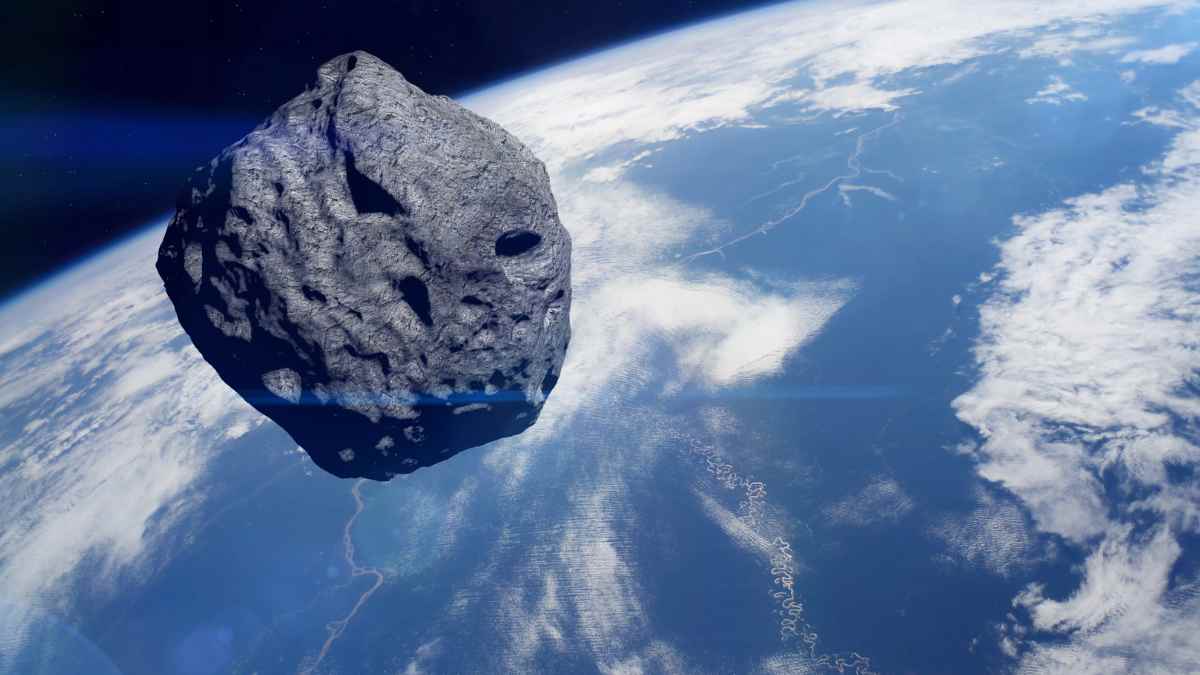In early 2025, the NASA-funded ATLAS (Asteroid Terrestrial Terrestrial Impact Last Alert System) system detected something unexpected. It is a tiny asteroid called 2024 PT5, originating from the Arjuna asteroid belt, orbiting the Sun. This rock follows a unique trajectory that takes it into a temporary orbit around the Earth for about two months. Scientists from the Complutense University of Madrid have followed its journey meticulously for the past three weeks and were able to confirm that 2024 PT5 will become a fleeting companion of our planet.
Dr. Elena Martínez, a leading astronomer who participated in the research, shared her enthusiasm for the discovery. “Capturing an asteroid like 2024 PT5 is a unique opportunity. It allows us to study the gravitational interactions between the Earth and NEOs in unprecedented detail,” she said.
The path of 2024 PT5
The voyage of 2024 PT5 is a testament to how asteroid detection and tracking technologies have advanced. Thanks to the ATLAS system, based in Sutherland, South Africa, scientists were able to identify and monitor this asteroid long before it came close to our planet. For 21 days, the researchers analyzed its path and predicted that Earth’s gravitational pull would temporarily capture it. This would create what could be described as a “mini-moon”.
Historically, some similar astronomical events have occurred, albeit on very rare occasions. For example, asteroid 2020 CD3 was captured by this planet’s gravity for several years before it ended up moving away in 2020. Another asteroid, 2022 NX1, served as a temporary moon twice, once in 1981 and again in 2022. Compared to its predecessors, asteroid 2024 PT5 is larger and is projected to remain in Earth’s vicinity until 2025.
How long will this astronomical event last?
The gravitational dance between Earth and this asteroid will last about two months. During this period, 2024 PT5 will follow a horseshoe-shaped orbit around our planet, maintaining a close but temporary link. On January 9, 2025, this celestial body made its closest approach before resuming its usual trajectory around the Sun.
Although this event was not visible to the naked eye for most people, it represented a fascinating opportunity for professional astronomers equipped with good telescopes, as is the case of Dr. Miquel Serra Ricart, who took photographs of this asteroid and published it in the specialized journal Space. “Amateur astronomers could miss this event without specialized equipment,” explained Dr. Martínez. However, he stressed that the data they will be able to collect will be invaluable for understanding asteroid behavior and Earth’s gravitational influences.
After leaving Earth’s orbit, 2025 PT5 will remain in our celestial environment for several more months before it completes its full departure. Its next return is expected to be 30 years from now, adding a layer of anticipation for future observations.
The meaning behind the temporary moons
Temporary moons, as 2024 PT5 will be, offer more than just an astronomical spectacle. It is that the role this asteroid will take on provides crucial information about the dynamics of near-Earth objects and their interactions with our planet’s gravity. Organizations such as NASA emphasize the importance of studying such events. In this way, they can improve asteroid detection systems and refine the understanding of potential impact threats.
Dr. Martinez points out that each temporary moon captured helps improve models and prepare for future encounters with larger asteroids. “It is a step forward in both protecting our planet and expanding our knowledge of the solar system,” he concluded.







